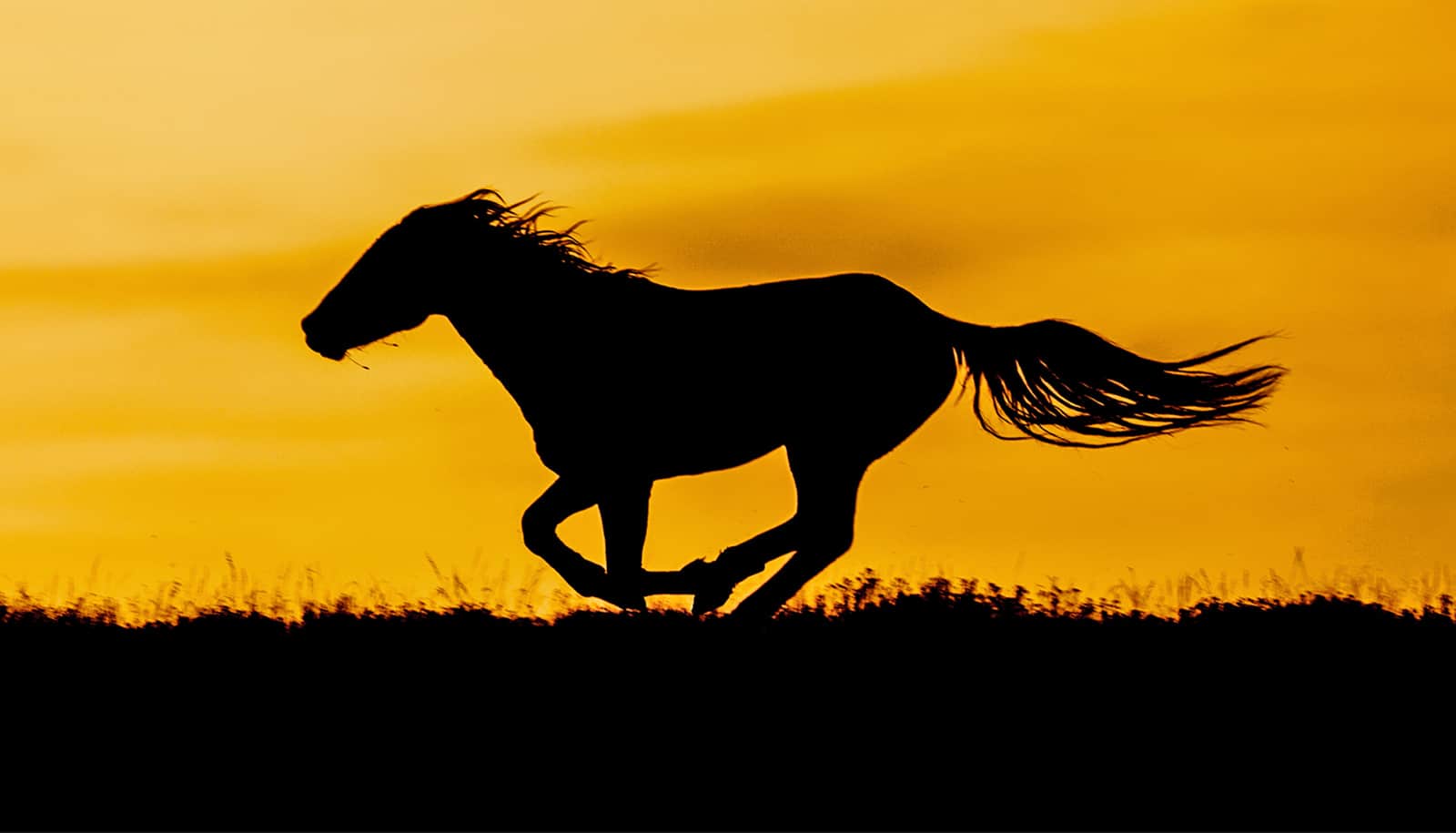A new review examines how predictable and repeatable evolution is.
For the review, researchers examined evidence from a number of empirical studies of evolutionary repeatability and contingency in an effort to fully interrogate ideas about contingency’s role in evolution.
The question of evolution’s predictability was notably raised by the late paleontologist Stephen Jay Gould, who advocated the view that evolution is contingent and unrepeatable in his book Wonderful Life (WW Norton, 1989).
“Replay the tape a million times… and I doubt that anything like Homo sapiens would ever evolve again,” Gould mused, noting that being able to “replay the tape” and give history a do-over would be impossible.
“Unlike history… evolution has the deterministic force of natural selection, but that determinism is always in tension with the chanciness…”
Yet since the publication of Wonderful Life, many evolutionary biologists have taken up this challenge and conducted their own versions of Gould’s experiment, albeit on smaller scales. In doing so, they have reached different conclusions about the interplay between randomness of mutations, chance historical events, and the directionality that natural selection imparts.
“How history plays out isn’t really predictable. Historical outcomes are contingent on long chains of events loaded with tiny little details,” says lead author Zachary Blount, senior research associate at Michigan State University and a visiting assistant professor of biology at Kenyon University.
“Unlike history, though, evolution has the deterministic force of natural selection, but that determinism is always in tension with the chanciness,” he says. “How does that tension affect what evolves? Which is more important: contingency on details of history, or determinism?”
The researchers focused primarily on three types of “replay studies”: laboratory evolution experiments with fast-evolving organisms—notably, the long-term evolution experiment with E. coli, which coauthor Richard Lenski started in 1988; experiments that attempt to replicate evolution in natural settings; and experiments that compare lineages that evolved under similar conditions.
As an example of the third kind of replay, coauthor Jonathan Losos, a professor of biology in the School of Arts & Sciences at Washington University in St. Louis, has worked extensively with the anole lizards of the Caribbean, which separately evolved traits such as the length of their legs and tails to ease life in specific habitats.
What emerges in the review is a complex picture of evolutionary change in which both contingency and determinism are evident.
“What we clearly see is that both convergence and lack of convergence occur a lot in the natural world,” says Losos, who also serves as director of the Living Earth Collaborative. “It’s not useful just to keep adding to the two lists. The real question that people are now turning to is: Why does convergence occur sometimes and not others? That is where research is now headed. That’s the question we need to focus on.”
The review appears in Science.



